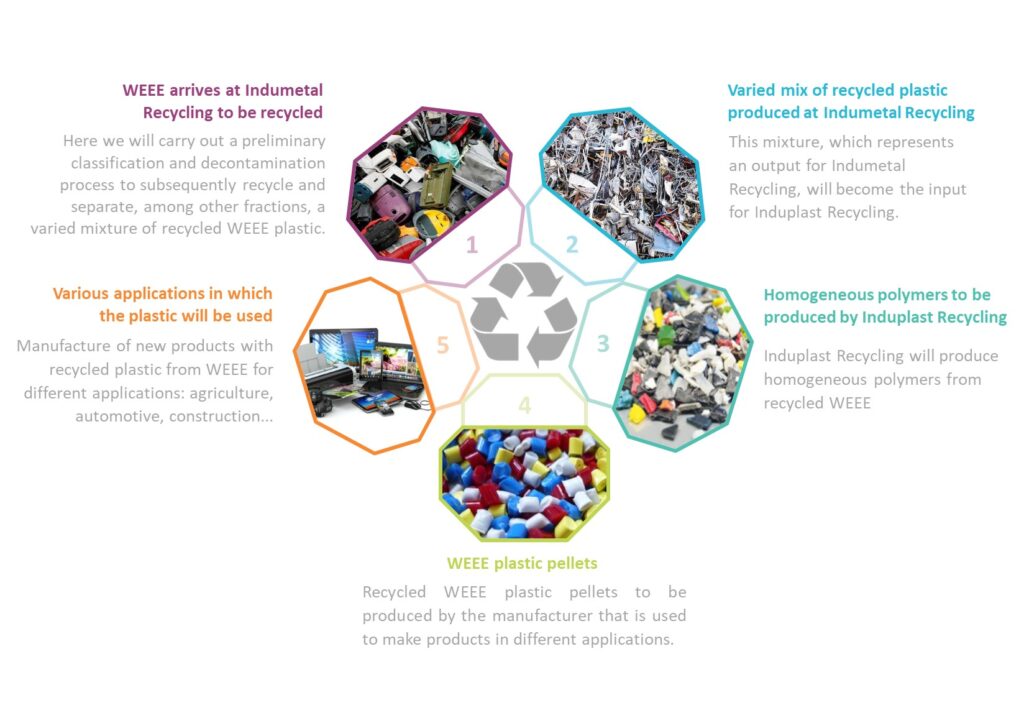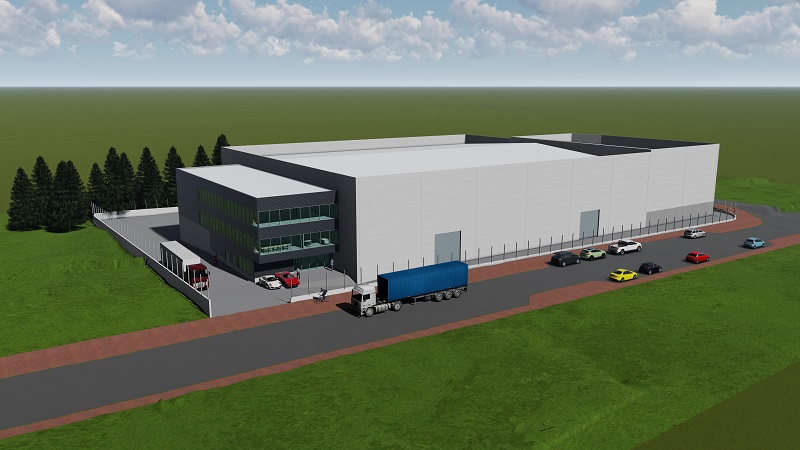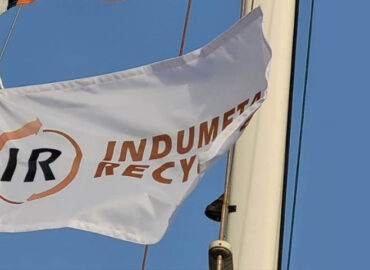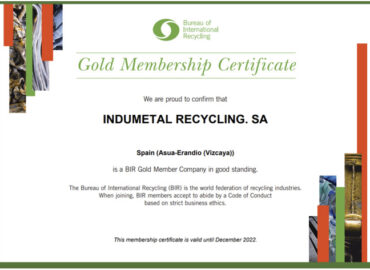Indumetal Recycling, as already announced in different media, will create a new recycling plant for plastics coming from WEEE (waste from electrical electronic equipment) called Induplast Recycling.
With a global investment of 8 million euros and a treatment capacity of 15.000 tons of plastic waste per year, Induplast Recycling will use a mechanical separation treatment to classify the different types of plastics without generating emissions or discharges.
The new plant will be located in Zalla, less than 30 km away from the Asua Erandio plant, where Indumetal Recycling is currently located and is expected to start its activity in the first quarter of 2023.
This new plastic recycling plant represents vertical integration and implies taking an important quantitative and qualitative step in our contribution towards the circular economy.
The Induplast Recycling facilities will be dedicated to the treatment of plastics that are recovered from out-of-use electrical and electronic equipment, in order to incorporate them back into the production cycle.
In the following diagram we explain the path of matter: from the WEEE that reaches us at the Indumetal Recycling plant, through the homogeneous recycled WEEE polymers that leave Induplast Recycling, to the recycled plastic that will be used for different applications:

The waste of electrical and electronic equipment, with increasingly higher plastic content, are increasing throughout the world.
According to the GESP, Global E-Waste Statistics Partnership, they grew by 21% in the five years leading up to 2019, when approximately 53.6 million tons of e-waste were generated.
Unfortunately, this volume is expected to continue to increase due to the rise in the use of computers, mobile phones and other rapidly obsolete electronic devices.
The correct collection and recycling of waste electrical and electronic equipment is essential to protect the environment and reduce climate-damaging emissions.

The GESP has pointed out that, thanks to the fact that 17.4% of the electronic waste generated in 2019 was correctly collected and recycled, 15 million tons of carbon dioxide equivalents were avoided to be released into the environment. .




